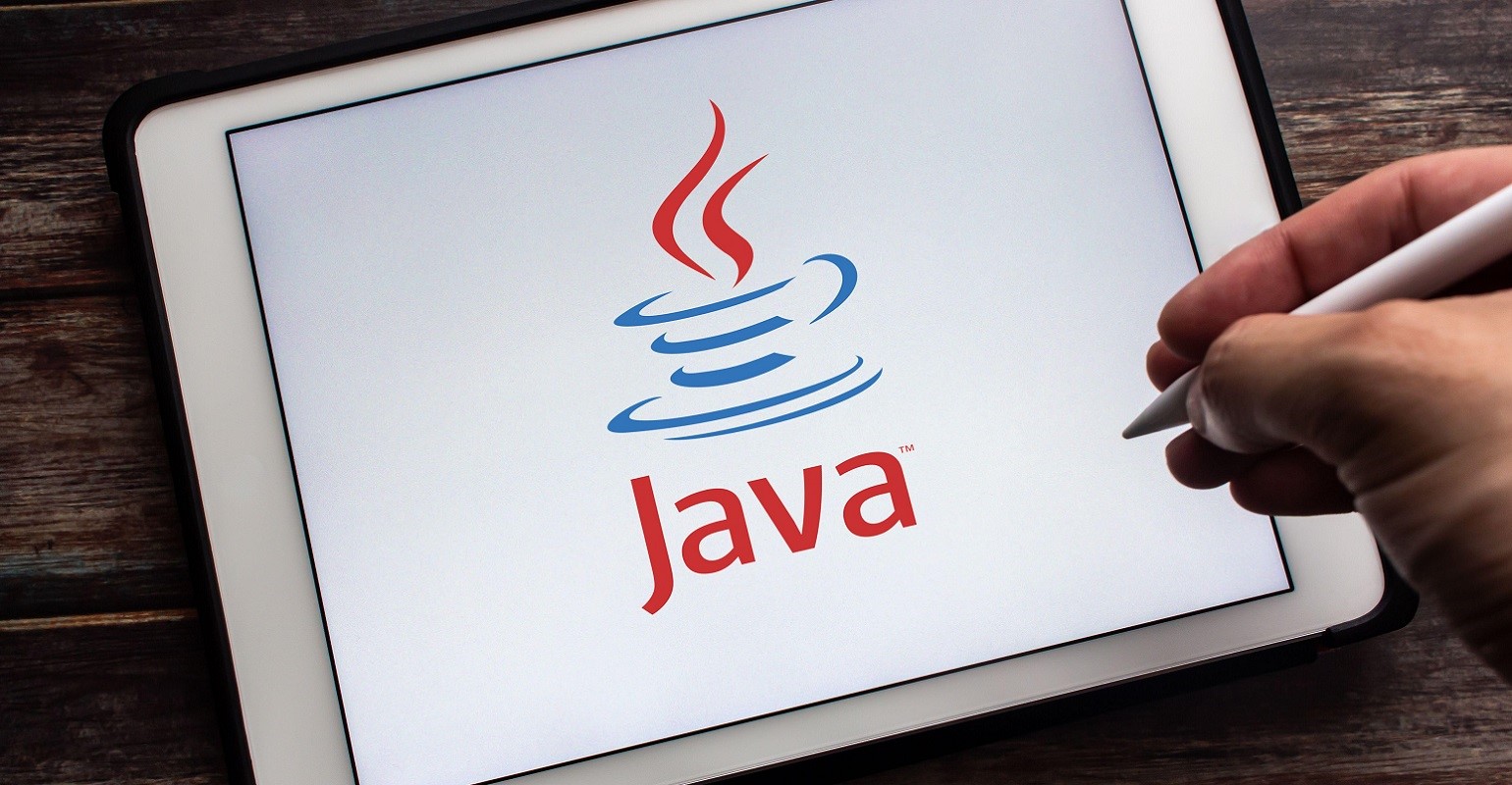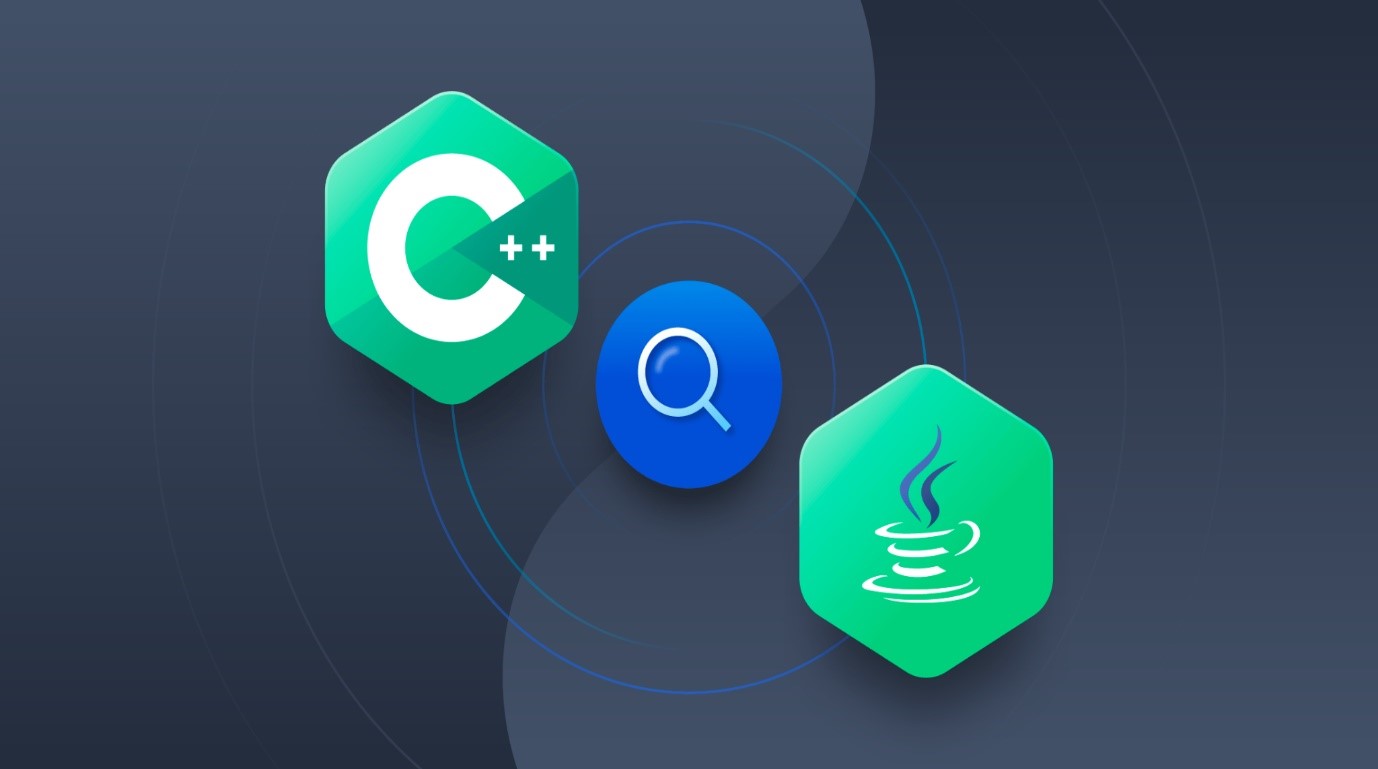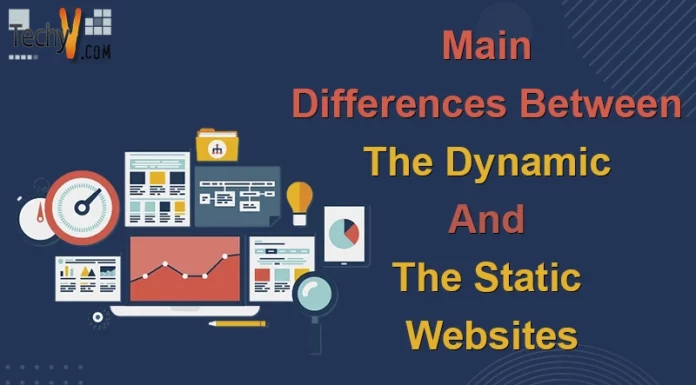Languages that support objects, like C++ and Java. However, both languages are very different from one another. With elements of procedural and object-oriented programming languages, C++ is a descendant of C. For the development of systems and applications, C++ was created. A very safe and portable virtual machine is the foundation upon which Java is built. To support the abstraction of the current platform, it is grouped with an extensive library.
10. Applets
Enhancing the interactive components in visualization and instruction is one of Java’s best initiatives. One of the most important Java advantages in this situation. These modest web programmers are more commonly used for straightforward animations. The only justification for creating other languages, such as JavaScript and HTML5, is that. As a result, all these contributions made by Java have found a home in the minds and computer systems of millions of programmers worldwide. In the modern world, all of these have developed into Java’s strengths.

9. Pointers
C++
All of C++ is about pointers.
As demonstrated in earlier tutorials, C++ has strong support for pointers, and we can use pointers to program in a variety of beneficial ways.
Java
Java only offers basic pointer support.
Pointers weren’t initially necessary for Java to function, but later versions began to offer some limited support for them.
Pointers are not as flexible in Java as they are in C++.

8. Safety
Java does away with pointers, which can allow arbitrary memory access and make it simple to cause a process to crash (core dump). Java doesn’t have buffer overruns, and data and code can never inadvertently mix. Additionally, Java has bounds-checking. Any technique used to check a variable’s bounds before use is known as bounds-checking.

7. Simplicity of Source Code and Artifacts
C++ separates the source into implementation and header files. To simultaneously see the file name extensions and the .hpp and .cpp header file extensions, you need a large monitor. Code in C++ can be found in both the header and the .cpp file, as well as inlined within the header. Compiler-specific artifacts are numerous and vary in type. However, there is only one.java and one.class extension for Java.

6. Binary Standard
Binary is a standard in Java. A Java Classfile can be used to compile against in addition to a Java Virtual Machine being able to load it as a class. There is no binary standard for C++. Precompiled headers for C++ are platform- and compiler-specific. And to compile against C++, a sizable amount of sources must be shipped. Java gives runtime control over platform-specific issues.

5. Portability
Java is extremely easy to port because its motto is “Write once, run anywhere.” Although C++ is theoretically portable, in reality, you need to layer another language (#ifdef’d types, etc.) on top of it. Additionally, C++ has significant variations from the vendor to vendor, such as support for standards.

4. Performance
Even though performance is typically not cited as one of Java’s advantages over C++, Purdy contends that garbage collection can improve memory management efficiency, which will affect performance. Additionally, C++ does not support multithreading while Java does. Java references are three times slower than thread-safe smart pointers in C++. Additionally, Java has the just-in-time (JIT) compilation feature in its HotSpot Java Virtual Machine (JVM), which enhances performance.

3. Reflection
A program’s ability to examine and alter an object’s structure and behavior at runtime, specifically its values, metadata, properties, and functions, is known as reflection. Java has complete runtime functionality for viewing the runtime. Run-time type information (RTTI) is a choice in C++, but reflection is not. Reflection allows for incredibly potent generic frameworks and gives access to, knowledge of, and control over any object.

2. The Build Process
When compared to Java, C++ builds are cumbersome and slow. According to developers, a complete build in C++ could take up to 20 hours, whereas a similar build in Java might only take seven minutes. Developers need a second build for C++ debugging. While C++’s Make and NMake are regarded as less user-friendly build tools, Java has more approachable ones like Ant and Maven.

1. Garbage Collection
Garbage collection is a well-known feature of Java. Automatic memory management is accomplished through garbage collection (GC). The garbage collector makes an effort to recover memory that has been taken up by objects that are no longer being used by the program. Memory management is a major focus of the C++ programming language. C++ does not support cross-component memory management. It is more difficult to build libraries and components, and their natural APIs are fewer. Garbage collection speeds up the time to market and reduces the number of bugs.

Moving Forward with Strengths of Java
We anticipate that this will give you a clear understanding of Java programming. Java is a language used by well-known programs like Instagram and Netflix, and it continues to rule the technology industry. Due to its user-friendly interface and frequently updated specifications, Java is the only language that will never expire. You can employ developers from IndiaNIC to support your Java development projects and create cutting-edge technological solutions.


















